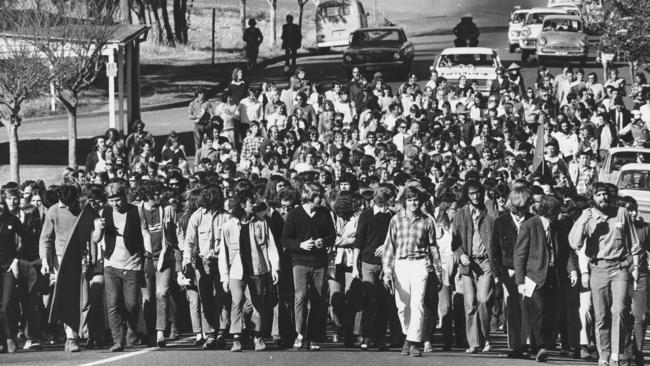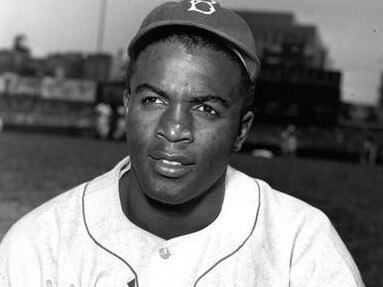Piers Akerman: Segregated teams not best way to celebrate brilliant Indigenous athletes
If sport brings people together, why are some now using sport to separate people along racial lines?
Opinion
Don't miss out on the headlines from Opinion. Followed categories will be added to My News.
Fifty years ago, thousands of Australians helped smash South Africa’s apartheid regime with a series of demonstrations against the whites-only Springboks rugby union team’s six-week tour of the country.
This month, woke folk with short memories but a craving for attention-seeking virtue-signalling are urging Australians to support segregated sporting teams composed solely of Aboriginal players.
It’s 155 years since the first Australian cricket team played a series of matches in the United Kingdom. The team consisted of 13 Aboriginal men from the western district of Victoria coached by a former all-England cricketer, Charles Lawrence.
According to Deadly Story, a website aiming to support Aboriginal children and young people to grow in their knowledge of: who you are, who you belong to, where you belong, where you come from, what you do, what you believe, what symbolises your Aboriginal culture, cricket was introduced to Aboriginal people by colonists while they lived and worked on regional cattle stations.
Playing cricket was one way Aboriginal people and colonists would come together, it states unequivocally.
If sport brings people together, why are some now using sport to separate people along racial lines?

During the 1971 Springbok tour, a month-long state of emergency was declared by premier Joh Bjelke-Petersen in Queensland and in total some 700 Australians were arrested during the nationwide demonstrations.
Games in Adelaide and Perth were disrupted, 650 police, some on horseback, were called out to block protesters in Melbourne, and in Sydney an attempt was made to saw down the goalposts at the SCG.
Activist and former president of the NSW Legislative Council Meredith Burgmann has said the ultimate goal was to block the summer’s South African cricket tour and that was called off because of security concerns.
The desegregation of sport was regarded as a breakthrough in the US with baseball blazing the trail.
Jackie Robinson, an amazing talent, broke the barrier in 1947.
Segregated pro football in the US did not truly end until 1962 when the team formerly known as the Washington Redskins (they are currently known only as the Washington Football Team and a permanent name is set to be announced next year when it passes the high bar of political correctness) was forced by President Kennedy’s secretary of the interior, Stewart Udall, to follow federal laws if it wished to move into a new stadium built on federal land.

The landmark US anti-discrimination decision, Brown v Board of Education, in 1954 saw the US Supreme Court ruling that state laws establishing racial segregation in public schools were unconstitutional, even if the segregated schools were otherwise equal in quality.
Judge Earl Warren, who wrote the decision, importantly said the present was at issue, not the past.
This should be a lesson for Australian elites and members of the Aboriginal industry, reliant on dysfunctional ongoing and unequal policies initially installed by the Whitlam government as they pursue strategies – like the recreation of a new ATSIC – and ignore its history of gross corruption and sexual abuse.
Australian legislation including the Racial Discrimination Act (1975), the Commonwealth Racial Hatred Act (1995) and the Human Rights and Equal Opportunity Commission Act (1986) outlaws racial discrimination in the public sphere in Australia.

Over the past 30 years we’ve had the Mabo legislation – based on the false notion that Islander and Torres Strait culture of gardening was also widespread on the mainland – and national apologies and Sorry Days.
Marxist-inspired critical race theory now runs through our universities and public service as well as major corporations and vast numbers of human resources, culture advocates and other feel-good leeches have inserted themselves into every sector of the economy.
We’re even instructed to undergo unconscious bias training though studies including a paper in the Journal of Organizational Behavior state there’s “evidence to suggest that encouraging awareness of unconscious bias could hinder diversity initiatives”.
Martin Luther King’s dream “when people will not be judged by the colour of their skin, but by the content of their character” should still be our aspiration. Not segregation in sport, or any other area of society.




